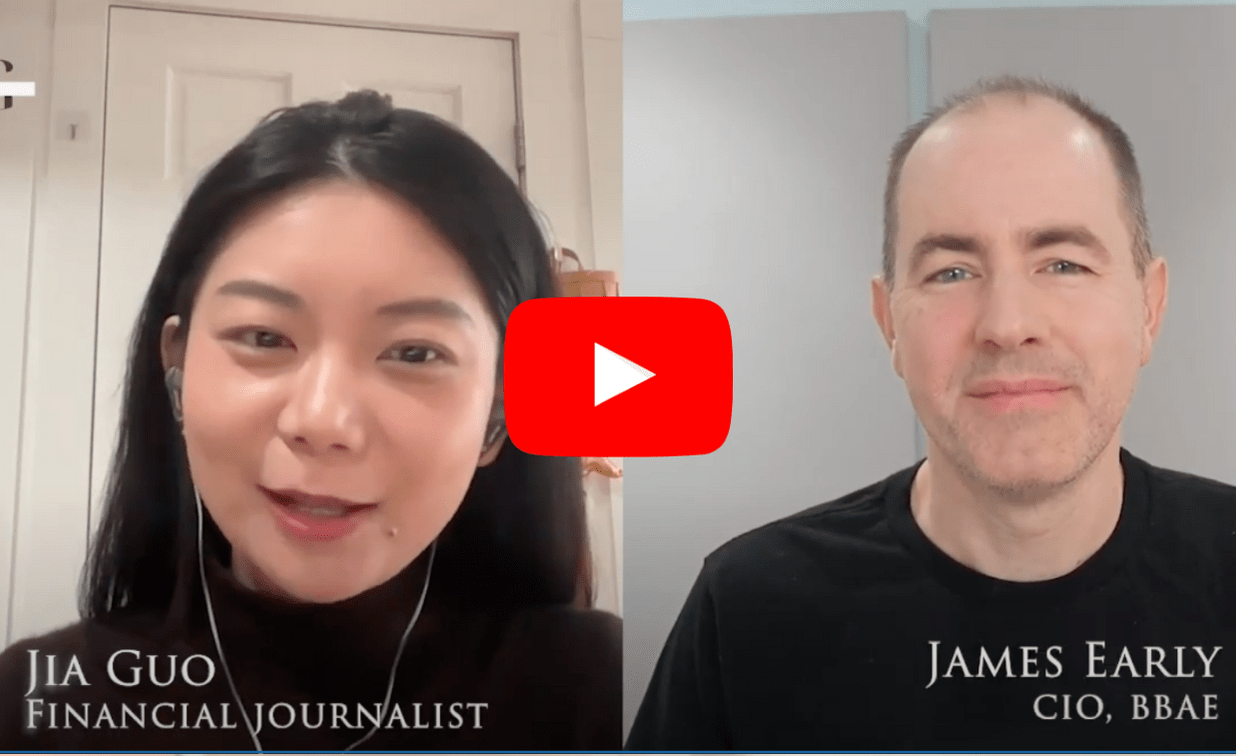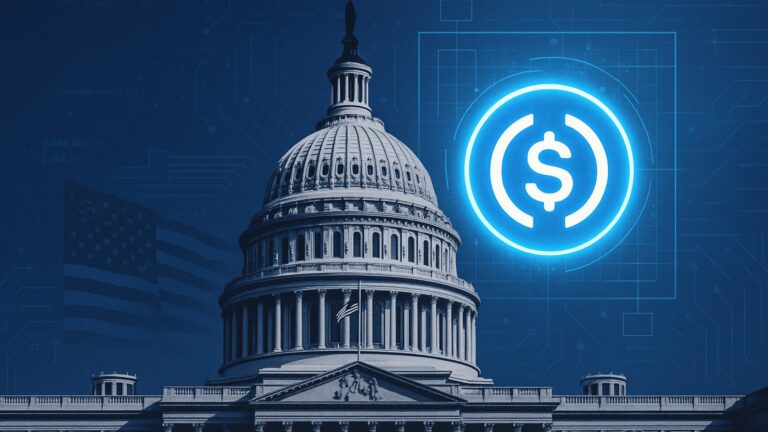| Join BBAE’s live webinar on January 31st: I’m doing a live webinar with Brad Freeman (of Stock Market Nerd fame) at 8pm ET on Wednesday, 1/31. We’ll take your questions. I’ll talk about three major questions defining the 2024 investing landscape, and Brad will talk about three big stocks (Amazon is one). I’d love for you to watch. Please sign up here to do that. |
My friend and former colleague Jia Guo started a video podcast, and I was honored to be her first guest. Over roughly 30 minutes, we spoke about the US banking situation, private credit, CBDCs, China, and a few odds and ends.
Whereas the advantage of TV is efficiency – packing your points in succinctly – the advantage of a longer and less structured podcast is airing things out a bit.
For example, early on, Jia alludes to a paper by Amit Seru of Stanford essentially suggesting the possibility of more Silicon Valley Bank-type bank runs because of a $2.2 trillion discrepancy between the values banks are carrying assets at on their books and the market values of those assets.
This is weird and I wrote about the underlying accounting issue in Forbes, too. If banks intend to hold assets to maturity, they can opt to record them on their balance sheets at original cost (adjusted for amortization) instead of the more normal market values. Rising rates depress the value of pre-existing bonds (nobody wants old, low-yielding bonds when new bonds pay more… unless prices of the low-yielding bonds drop enough to make the yields roughly comparable) in a market value sense, but if banks profess an intention to hold to maturity, they don’t have to adjust the book values of these bond assets.
Intention is one thing. But what about if banks don’t have the ability to hold them to maturity (i.e., if there is a bank run or some other urgent need)?
That was SVB’s problem.
Before SVB, bank failures were thought of as things that happened to sketchy banks with poor credit quality, and usually in economic downturns. But SVB had highly creditworthy borrowers. Its “problematic” assets were pristine US Treasuries, which have no credit risk (but do have interest rate risk, as SVB learned). And SVB failed in an economic boom.
We not only need new profiles for bank failures, but we also need to change the accounting standards to switch to mark-to-market accounting even for assets banks intend to hold to maturity. (Picture bank execs throwing tomatoes at me for saying this.)
I hope I’m right in seeing Professor Seru’s conclusion as slightly dramatic – I don’t think we bear these same risks in a soon-to-be-falling interest rate environment. But such an environment may be an easier “political” environment in which to make necessary changes to accounting standards.
Watch our discussion here, or click the image below.

While I’m sharing interviews, here’s one I did with Yahoo! Finance TV recently as well.













